Learning How To Learn Chords Piano opens a gateway to musical expression and creativity. At LEARNS.EDU.VN, we provide you with the resources and strategies needed to master piano chords. Enhance your musical journey by mastering chord progressions and music theory.
1. Grasping the Fundamentals of Piano Chords
Understanding the basic building blocks of piano chords is essential for any aspiring pianist. Piano chords are groups of three or more notes played simultaneously to create harmony. Let’s explore the essential aspects of these musical structures:
1.1 What is a Piano Chord?
A piano chord is defined as a harmonic set of notes played together, providing a foundation for melodies and musical compositions. Typically, a chord consists of a root note, a third, and a fifth.
1.2 The Importance of Root Notes, Thirds, and Fifths
- Root Note: The foundation of the chord, giving it its name and tonal center.
- Third: Determines whether the chord is major or minor, adding color and emotion.
- Fifth: Provides stability and completes the basic structure of the chord.
1.3 Major and Minor Chords: A Comparative Analysis
Major chords generally sound happy and bright, while minor chords evoke a more melancholic or somber feeling. The difference lies in the interval between the root and the third:
| Chord Type | Interval from Root to Third | Example (C Chord) | Sound |
|---|---|---|---|
| Major | Major Third | C-E-G | Happy, Bright |
| Minor | Minor Third | C-Eb-G | Sad, Melancholic |

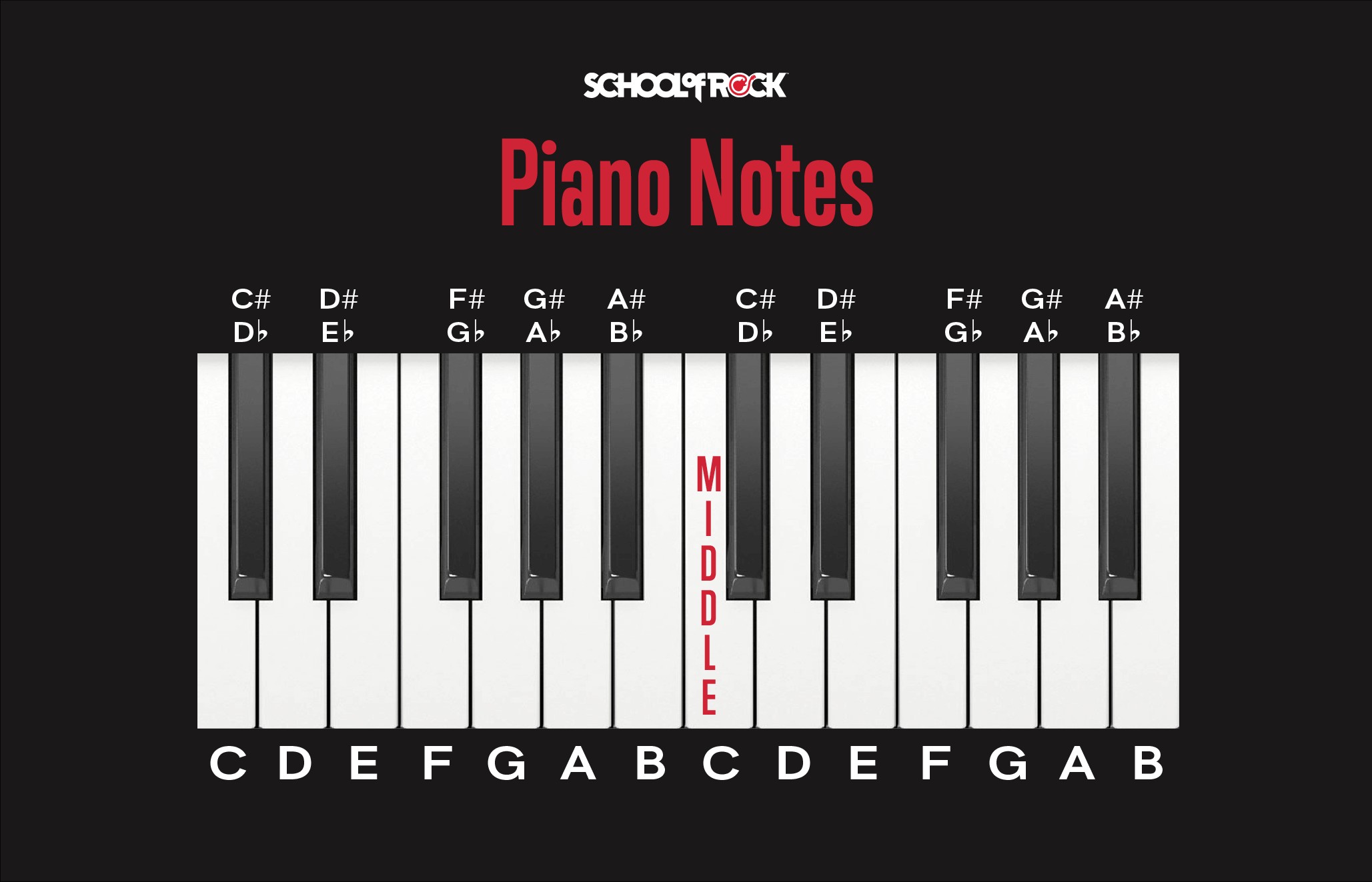
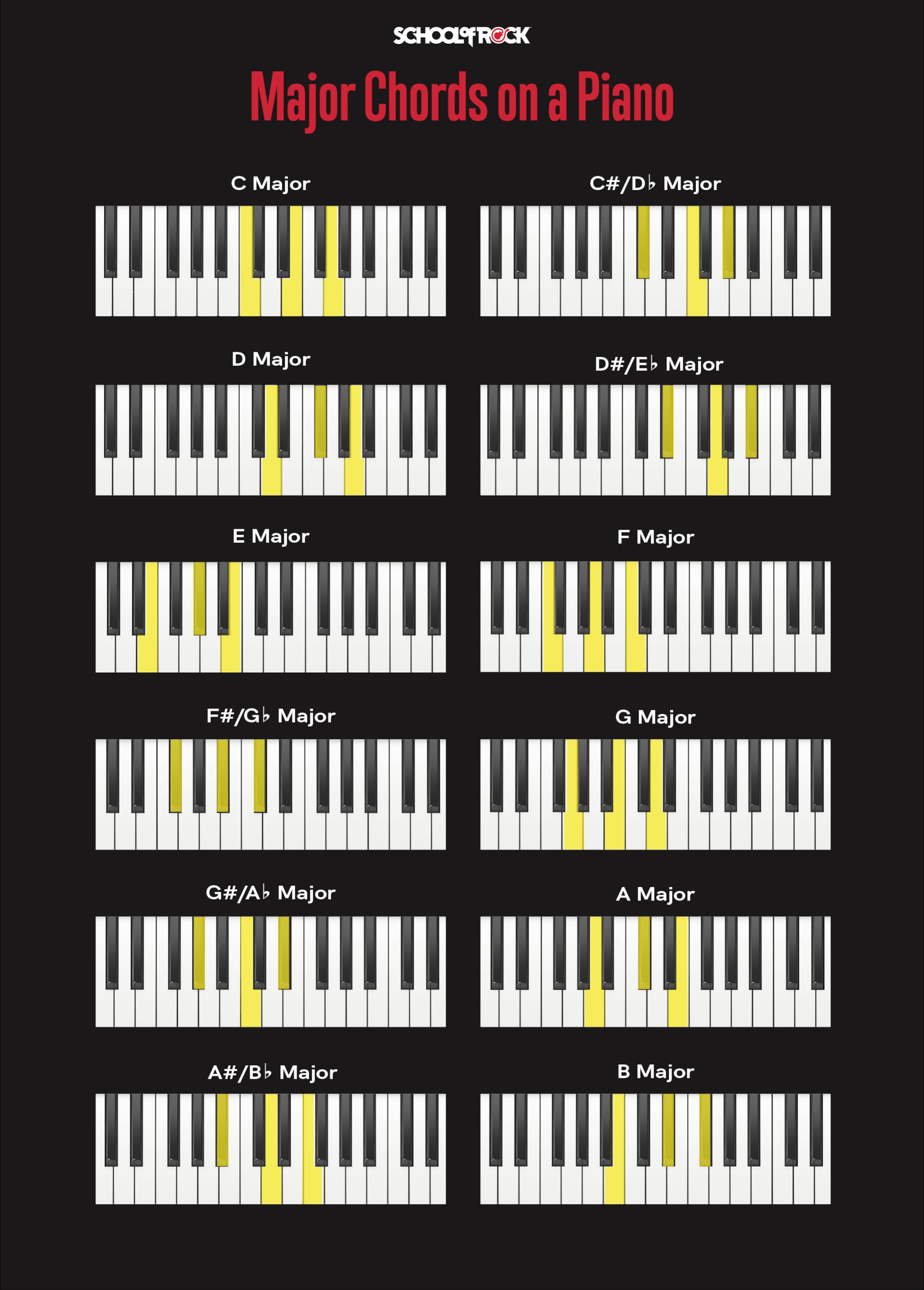
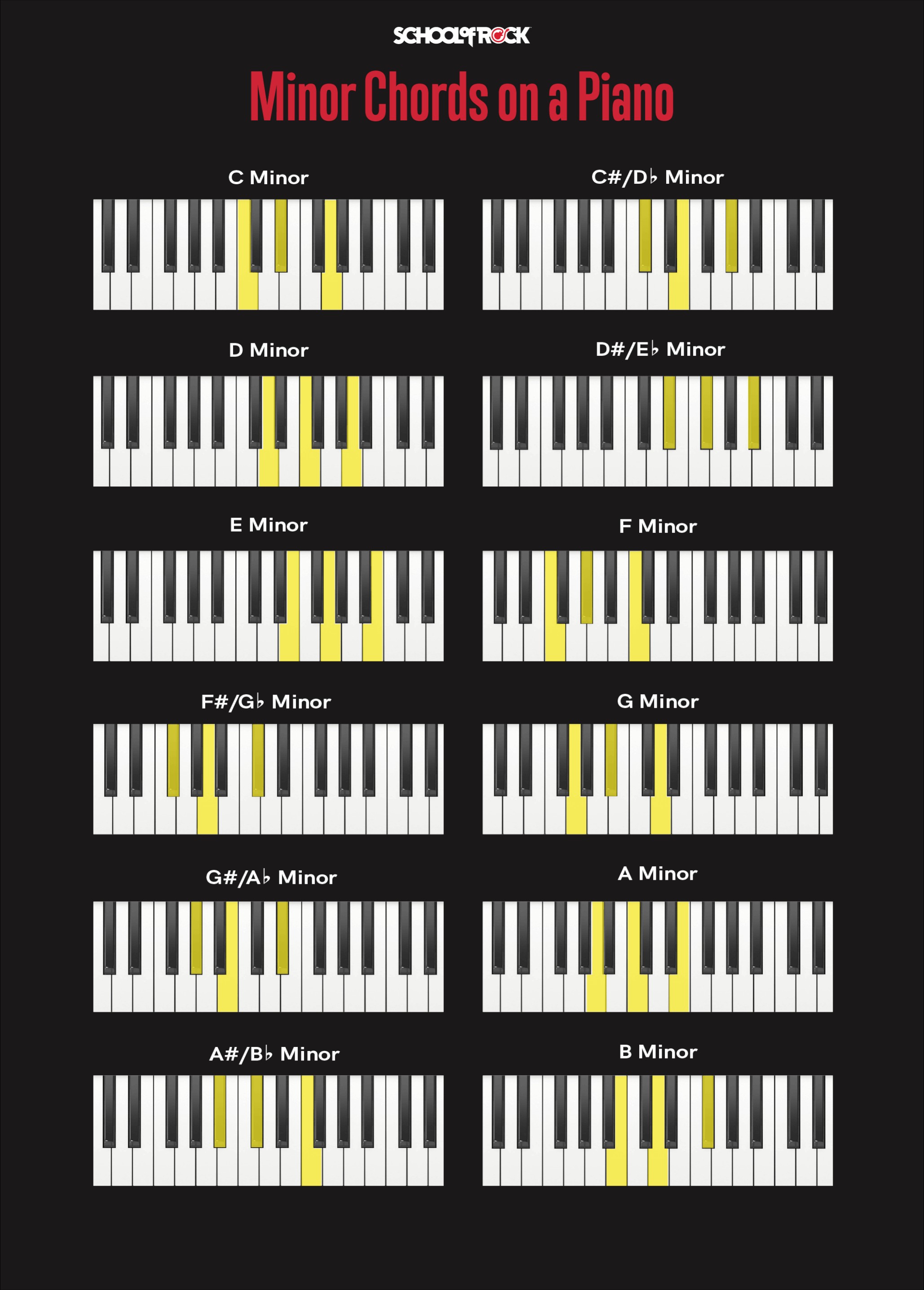
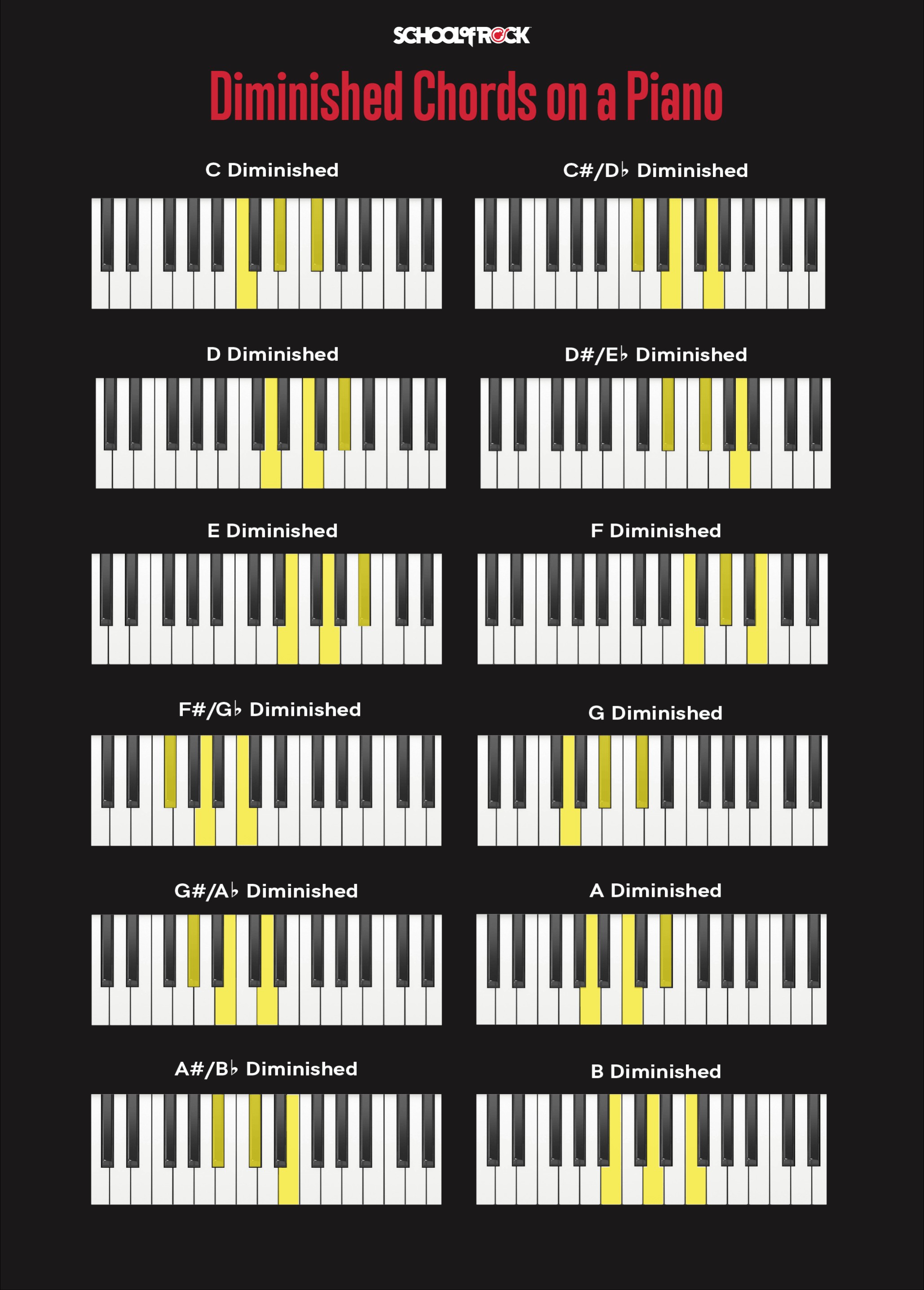
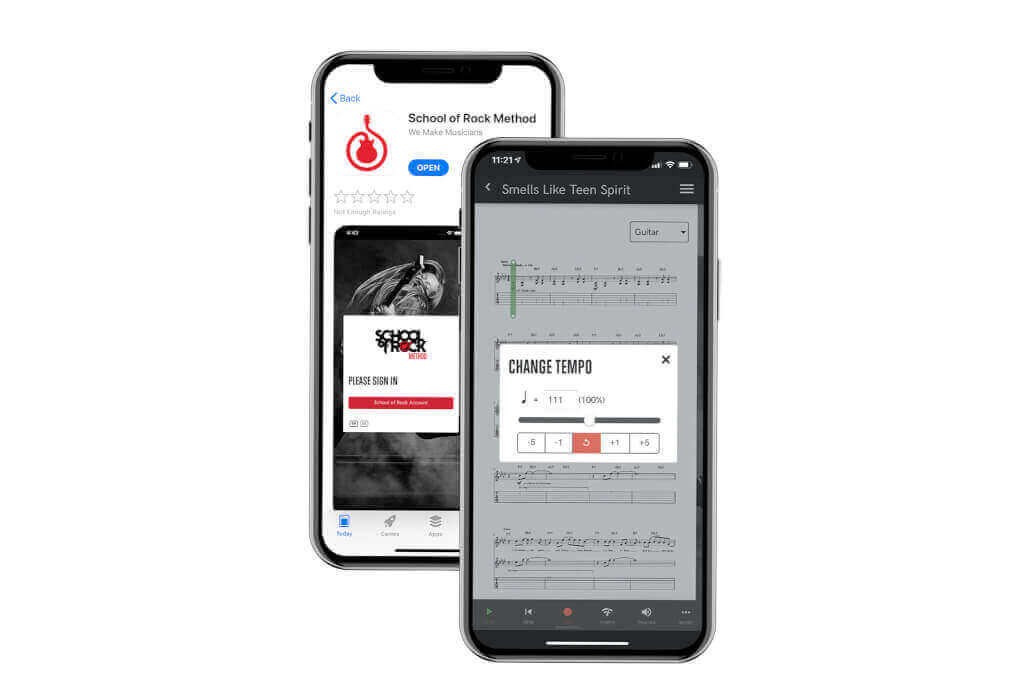
1.4 Inversions and Their Impact on Chord Voicing
Chord inversions involve changing the order of the notes within a chord. This affects the voicing and smoothness of chord progressions. The three common inversions are:
- Root Position: The root note is the lowest note.
- First Inversion: The third is the lowest note.
- Second Inversion: The fifth is the lowest note.
Understanding inversions is crucial for creating fluid and interesting musical arrangements.
2. Essential Chords for Beginners
Starting with a set of fundamental chords is crucial for building a solid foundation. These chords are frequently used in various genres and are relatively easy to learn.
2.1 The “C Major” Chord: The Starting Point
The C major chord (C-E-G) is often the first chord that beginners learn. It’s straightforward and provides a great starting point for understanding chord construction.
2.2 G Major, D Major, and E Minor: Building Blocks
- G Major (G-B-D): Another common chord, used extensively in pop and rock music.
- D Major (D-F#-A): Adds brightness and is essential in many chord progressions.
- E Minor (E-G-B): Introduces a minor chord, expanding emotional possibilities.
2.3 A Minor and F Major: Expanding Your Chord Vocabulary
- A Minor (A-C-E): A commonly used minor chord, adding depth and complexity.
- F Major (F-A-C): Can be slightly more challenging initially but is crucial for well-rounded playing.
2.4 Chord Charts and Diagrams: Visual Learning Aids
Using chord charts and diagrams can greatly assist in visualizing and memorizing chord shapes. These tools provide a quick reference for finger placement and note relationships.
3. Mastering Chord Progressions
Understanding how chords relate to each other within a key is fundamental to playing music. Chord progressions create the harmonic movement and emotional landscape of a song.
3.1 Understanding Keys and Scales
A key is a set of notes that form the basis of a musical composition. Understanding scales, especially the major and minor scales, is critical for determining which chords will sound harmonious together.
3.2 Common Chord Progressions in Popular Music
Several chord progressions are frequently used in popular music:
- I-IV-V: A fundamental progression (e.g., C-F-G in the key of C).
- I-V-vi-IV: A widely used progression (e.g., C-G-Am-F in the key of C).
- ii-V-I: Common in jazz and sophisticated pop music (e.g., Dm-G-C in the key of C).
3.3 Practicing Chord Transitions for Smooth Playing
Smooth transitions between chords are crucial for a polished sound. Techniques to achieve this include:
- Finger Placement: Position fingers efficiently for the next chord.
- Voice Leading: Move voices (individual notes) as little as possible.
- Consistent Rhythm: Maintain a steady beat while changing chords.
3.4 Experimenting with Different Rhythms and Strumming Patterns
Varying rhythms and strumming patterns can add depth and interest to your playing. Try different patterns like:
- Quarter Notes: Basic and steady.
- Eighth Notes: Adds a sense of urgency.
- Arpeggios: Playing notes of the chord one at a time.
4. Advanced Chord Techniques
As you progress, exploring more advanced chord techniques will enhance your playing and expand your musical possibilities.
4.1 Seventh Chords: Adding Complexity and Color
Seventh chords add a seventh note to the basic triad, creating richer harmonies. Common seventh chords include:
- Major Seventh (Maj7): Root-Third-Fifth-Major Seventh.
- Minor Seventh (m7): Root-Minor Third-Fifth-Minor Seventh.
- Dominant Seventh (7): Root-Major Third-Fifth-Minor Seventh.
4.2 Inversions Beyond Triads
Inverting seventh chords can lead to even more interesting voicings. Understanding how to invert these chords helps in creating smoother transitions and more colorful arrangements.
4.3 Suspended Chords (Sus2 and Sus4)
Suspended chords replace the third with either a second (sus2) or a fourth (sus4), creating a floating, unresolved sound.
- Sus2: Root-Second-Fifth.
- Sus4: Root-Fourth-Fifth.
4.4 Altered Chords and Their Use in Jazz and Blues
Altered chords involve modifying the fifth or ninth of a chord, adding dissonance and tension. These chords are commonly used in jazz and blues to create unique harmonic textures.
5. Tips for Effective Practice
Effective practice is crucial for mastering piano chords. Consistent and focused practice sessions will accelerate your progress.
5.1 Setting Realistic Goals
Set achievable goals for each practice session. Whether it’s mastering a new chord or perfecting a chord progression, having clear objectives will keep you motivated.
5.2 Breaking Down Complex Chords into Smaller Steps
For challenging chords, break them down into smaller, manageable steps. Focus on finger placement, then gradually increase the speed and fluidity.
5.3 Using a Metronome to Develop Timing and Rhythm
A metronome is essential for developing accurate timing and rhythm. Start at a slow tempo and gradually increase the speed as you become more comfortable.
5.4 Recording Yourself to Identify Areas for Improvement
Recording your practice sessions allows you to identify areas that need improvement. Listen critically and make adjustments to your technique and timing.
6. Leveraging Technology and Resources
Many online tools and resources can aid in your journey to learn piano chords.
6.1 Online Piano Lessons and Tutorials
Online piano lessons and tutorials offer structured learning paths and expert guidance. Platforms like LEARNS.EDU.VN provide comprehensive resources for learning chords and techniques.
6.2 Piano Chord Apps and Software
Piano chord apps and software can help you visualize chords, practice progressions, and even compose your own music.
6.3 YouTube Channels and Online Communities
YouTube channels and online communities offer a wealth of free resources, including tutorials, demonstrations, and forums for connecting with other musicians.
6.4 Sheet Music and Chord Charts
Sheet music and chord charts provide visual aids for learning and practicing songs. These resources are invaluable for building your repertoire and understanding chord structures.
7. Understanding Music Theory for Chords Piano
Music theory provides the framework for understanding how chords work and relate to each other.
7.1 Basic Music Theory Concepts
Understanding basic music theory concepts such as scales, keys, intervals, and chord construction is essential for learning chords on the piano. These concepts provide the foundation for understanding how chords are formed and how they function within a musical context.
7.2 Scales and Keys
Scales are a series of notes arranged in a specific order, while keys are the tonal center of a piece of music. Understanding scales and keys helps you identify the chords that are likely to occur in a particular song and how they relate to each other.
7.3 Intervals and Chord Construction
Intervals are the distance between two notes, while chord construction involves combining specific intervals to create chords. Understanding intervals and chord construction allows you to build chords from scratch and identify chords based on their intervallic structure.
7.4 Applying Music Theory to Chord Progressions
By applying music theory to chord progressions, you can analyze the harmonic relationships between chords and understand why certain progressions sound pleasing to the ear. This knowledge can help you create your own chord progressions and improve your improvisational skills.
8. Common Mistakes to Avoid
Avoiding common mistakes can help you progress more efficiently.
8.1 Incorrect Finger Placement
Using the correct finger placement is essential for playing chords smoothly and efficiently. Avoid using awkward fingerings that can slow you down or cause tension in your hands.
8.2 Neglecting Warm-Up Exercises
Warming up before practicing can help prevent injuries and improve your playing. Take a few minutes to stretch your hands and fingers and play some simple scales or exercises before diving into more challenging material.
8.3 Rushing Through the Learning Process
Take your time and focus on mastering each chord before moving on to the next. Avoid rushing through the learning process, as this can lead to bad habits and a lack of understanding.
8.4 Ignoring Rhythm and Timing
Pay close attention to rhythm and timing when playing chords. Use a metronome to develop a steady beat and practice playing chords in time with the music.
9. How to Improvise Using Piano Chords
Improvisation is a skill that allows you to create spontaneous melodies and chord progressions on the spot.
9.1 Understanding Chord Voicings for Improvisation
Chord voicings refer to the specific arrangement of notes within a chord. Understanding chord voicings allows you to create different textures and colors when improvising.
9.2 Playing Melodies Over Chord Progressions
When improvising, try playing melodies that complement the underlying chord progression. Use notes from the scale that corresponds to the key of the song, and experiment with different rhythms and phrasing.
9.3 Using Passing Chords and Chord Substitutions
Passing chords are chords that are used to transition between two main chords in a progression. Chord substitutions involve replacing one chord with another that has a similar function. These techniques can add interest and complexity to your improvisations.
9.4 Developing Your Own Improv Style
Experiment with different improvisation techniques and develop your own unique style. Listen to recordings of improvisational piano players and try to incorporate their ideas into your playing.
10. Maintaining Motivation and Enjoyment
Keeping motivated is essential for long-term progress.
10.1 Choosing Songs You Enjoy Playing
Choose songs that you enjoy playing, as this will make practice more enjoyable and help you stay motivated.
10.2 Joining a Band or Ensemble
Joining a band or ensemble can provide you with opportunities to collaborate with other musicians and perform in front of an audience.
10.3 Setting Performance Goals
Set performance goals, such as playing a song at a recital or performing with a band. This can give you something to work towards and help you stay focused on your goals.
10.4 Celebrating Your Progress
Take the time to celebrate your progress and accomplishments along the way. Whether it’s mastering a new chord or performing a song perfectly, acknowledging your achievements can help you stay motivated and inspired.
11. Piano Chord Variations
Exploring different variations of piano chords can add depth and richness to your playing.
11.1 Exploring Slash Chords
Slash chords involve playing a chord with a different bass note than the root note. For example, C/G is a C major chord with G as the bass note. Slash chords can create interesting harmonic movement and add a unique flavor to your playing.
11.2 Understanding Open and Closed Voicings
Open voicings involve spreading the notes of a chord out over a wider range, while closed voicings involve keeping the notes of a chord close together. Experimenting with open and closed voicings can help you create different textures and colors on the piano.
11.3 Using Quartal Harmony
Quartal harmony involves building chords using intervals of fourths rather than thirds. Quartal chords have a more modern and dissonant sound, and can add a unique edge to your playing.
11.4 Incorporating Polychords
Polychords involve playing two or more chords simultaneously. Polychords can create complex and layered harmonies, and are often used in jazz and contemporary music.
12. The Role of Ear Training
Ear training is a critical skill for any musician, and it’s especially important for piano players who want to learn chords.
12.1 Developing Relative Pitch
Relative pitch is the ability to identify intervals and chords in relation to a reference note. Developing relative pitch can help you learn chords by ear and improve your ability to improvise and compose music.
12.2 Recognizing Chord Progressions by Ear
Practice recognizing common chord progressions by ear. Start by listening to simple progressions and gradually work your way up to more complex ones. This can help you internalize the sound of different chord progressions and improve your ability to play them on the piano.
12.3 Transcribing Music by Ear
Transcribing music by ear involves writing down the notes and chords of a song that you hear. This is a challenging but rewarding exercise that can greatly improve your ear training skills and your understanding of music theory.
12.4 Using Ear Training Apps and Software
There are many ear training apps and software programs available that can help you develop your ear training skills. These tools often include exercises for identifying intervals, chords, and melodies.
13. Practical Exercises for Chord Mastery
Consistent practice and targeted exercises are key to mastering piano chords.
13.1 Daily Chord Practice Routine
Establish a daily chord practice routine that includes exercises for playing chords in different keys, inversions, and voicings. This will help you build a strong foundation and improve your technique.
13.2 Practicing Chord Inversions
Focus on practicing chord inversions to develop your understanding of chord voicings and improve your ability to play smooth chord transitions.
13.3 Learning Songs with Varied Chord Progressions
Learn songs with varied chord progressions to expose yourself to different harmonic contexts and improve your ability to play chords in a musical setting.
13.4 Chord Voicing Exercises
Practice chord voicing exercises to develop your ability to create different textures and colors on the piano. This can involve experimenting with open and closed voicings, quartal harmony, and polychords.
14. Integrating Chords into Musical Compositions
Learning chords is just the first step. The real magic happens when you start integrating chords into your own musical compositions.
14.1 Creating Simple Chord Melodies
Start by creating simple chord melodies that emphasize the root notes of the chords. This can help you develop your sense of melody and harmony and improve your ability to write catchy tunes.
14.2 Harmonizing Existing Melodies
Try harmonizing existing melodies by adding chords that complement the melody notes. This can add depth and richness to your compositions and improve your understanding of chord progressions.
14.3 Experimenting with Chord Progressions
Don’t be afraid to experiment with different chord progressions and try new combinations of chords. This can help you discover new sounds and develop your own unique style as a composer.
14.4 Writing Your Own Songs
Challenge yourself to write your own songs using the chords and techniques that you’ve learned. This is a great way to put your skills into practice and express your creativity through music.
15. Case Studies: Successful Piano Learners
Learning from the experiences of others can be incredibly helpful.
15.1 Profiles of Self-Taught Piano Players
Explore profiles of self-taught piano players who have successfully learned chords and developed their musical skills. Learn about their practice routines, learning strategies, and the challenges they faced along the way.
15.2 Interviews with Professional Pianists
Read interviews with professional pianists who share their insights on learning chords and developing a successful career in music.
15.3 Analyzing Learning Methods and Strategies
Analyze the learning methods and strategies used by successful piano learners to identify effective techniques that you can incorporate into your own practice routine.
15.4 Key Takeaways and Best Practices
Summarize the key takeaways and best practices from the case studies to create a comprehensive guide for learning chords piano effectively.
16. The Future of Piano Learning
As technology continues to evolve, the future of piano learning is looking brighter than ever.
16.1 Emerging Technologies in Music Education
Explore emerging technologies in music education, such as virtual reality, augmented reality, and artificial intelligence, and how they are being used to enhance the piano learning experience.
16.2 AI-Powered Learning Tools
Learn about AI-powered learning tools that can provide personalized feedback, adaptive practice exercises, and customized learning paths for piano students.
16.3 The Role of Virtual Reality
Discover how virtual reality is being used to create immersive piano learning experiences, allowing students to practice in realistic virtual environments and interact with virtual instructors.
16.4 Predictions for the Future
Make predictions for the future of piano learning based on current trends and emerging technologies. Discuss how these advancements are likely to impact the way people learn and play the piano in the years to come.
Unlock your musical potential with LEARNS.EDU.VN. Our comprehensive resources and expert guidance will help you master piano chords and elevate your musical journey.
17. Piano Chord Resources at LEARNS.EDU.VN
At LEARNS.EDU.VN, we provide a wide array of resources to help you master piano chords.
17.1 Step-by-Step Tutorials
Access our step-by-step tutorials that guide you through the basics of chord construction, chord progressions, and advanced techniques.
17.2 Chord Charts and Diagrams
Utilize our comprehensive chord charts and diagrams to visualize chord shapes and finger placements, making it easier to learn and memorize chords.
17.3 Practice Exercises and Drills
Engage in our practice exercises and drills that are designed to reinforce your understanding of chords and improve your playing skills.
17.4 Personalized Learning Paths
Benefit from our personalized learning paths that cater to your individual skill level and learning goals, ensuring a customized and effective learning experience.
18. Why Choose LEARNS.EDU.VN for Your Piano Education?
Choosing the right educational resource is critical for success. Here’s why LEARNS.EDU.VN is the best choice for learning piano chords.
18.1 Expert Instructors
Learn from our team of expert instructors who have years of experience teaching piano and are dedicated to helping you achieve your musical goals.
18.2 Comprehensive Curriculum
Our comprehensive curriculum covers all aspects of piano chords, from basic concepts to advanced techniques, ensuring a well-rounded education.
18.3 Interactive Learning Environment
Engage in our interactive learning environment that includes live lessons, Q&A sessions, and collaborative projects, fostering a supportive and engaging community of learners.
18.4 Proven Results
Join the ranks of our successful alumni who have gone on to pursue their musical dreams, thanks to the knowledge and skills they gained at LEARNS.EDU.VN.
19. Frequently Asked Questions (FAQs)
Here are some frequently asked questions about learning piano chords.
19.1 What is the easiest way to learn piano chords?
The easiest way to learn piano chords is to start with basic major and minor chords, use chord charts, and practice regularly.
19.2 How long does it take to master piano chords?
Mastering piano chords depends on your practice frequency and dedication, but most beginners can play basic chords within a few weeks.
19.3 Can I learn piano chords online?
Yes, you can learn piano chords online through resources like LEARNS.EDU.VN, which offers tutorials, exercises, and personalized learning paths.
19.4 What are the most common piano chords for beginners?
The most common piano chords for beginners include C major, G major, D major, E minor, A minor, and F major.
19.5 How do I improve my chord transitions?
Improve your chord transitions by practicing smooth finger movements, using inversions, and maintaining a consistent rhythm.
19.6 What is the role of music theory in learning chords?
Music theory provides a framework for understanding how chords are constructed and how they relate to each other, helping you create and analyze chord progressions.
19.7 Are there any apps to help me learn piano chords?
Yes, many apps are available to help you learn piano chords, offering features like chord diagrams, practice exercises, and personalized feedback.
19.8 How can I stay motivated while learning piano chords?
Stay motivated by setting realistic goals, choosing songs you enjoy playing, and celebrating your progress along the way.
19.9 What are seventh chords, and how are they used?
Seventh chords are chords with four notes, adding a seventh interval to the basic triad. They are used to create richer, more complex harmonies.
19.10 How do I incorporate chords into my own songs?
Incorporate chords into your own songs by experimenting with different chord progressions, harmonizing melodies, and expressing your creativity through music.
20. Take the Next Step with LEARNS.EDU.VN
Ready to embark on your musical journey? LEARNS.EDU.VN is here to guide you every step of the way.
20.1 Call to Action
Don’t wait any longer to start learning piano chords. Visit LEARNS.EDU.VN today to explore our comprehensive resources, enroll in our expert-led courses, and unlock your musical potential.
20.2 Explore More at LEARNS.EDU.VN
Discover a wealth of educational content at LEARNS.EDU.VN. Whether you’re interested in mastering piano chords, diving into music theory, or exploring other musical instruments, we have the resources you need to succeed.
20.3 Contact Us
Have questions or need assistance? Contact our friendly support team at:
- Address: 123 Education Way, Learnville, CA 90210, United States
- WhatsApp: +1 555-555-1212
- Website: LEARNS.EDU.VN
Let learns.edu.vn be your partner in achieving your musical aspirations. Start your journey today and experience the joy of playing the piano!

